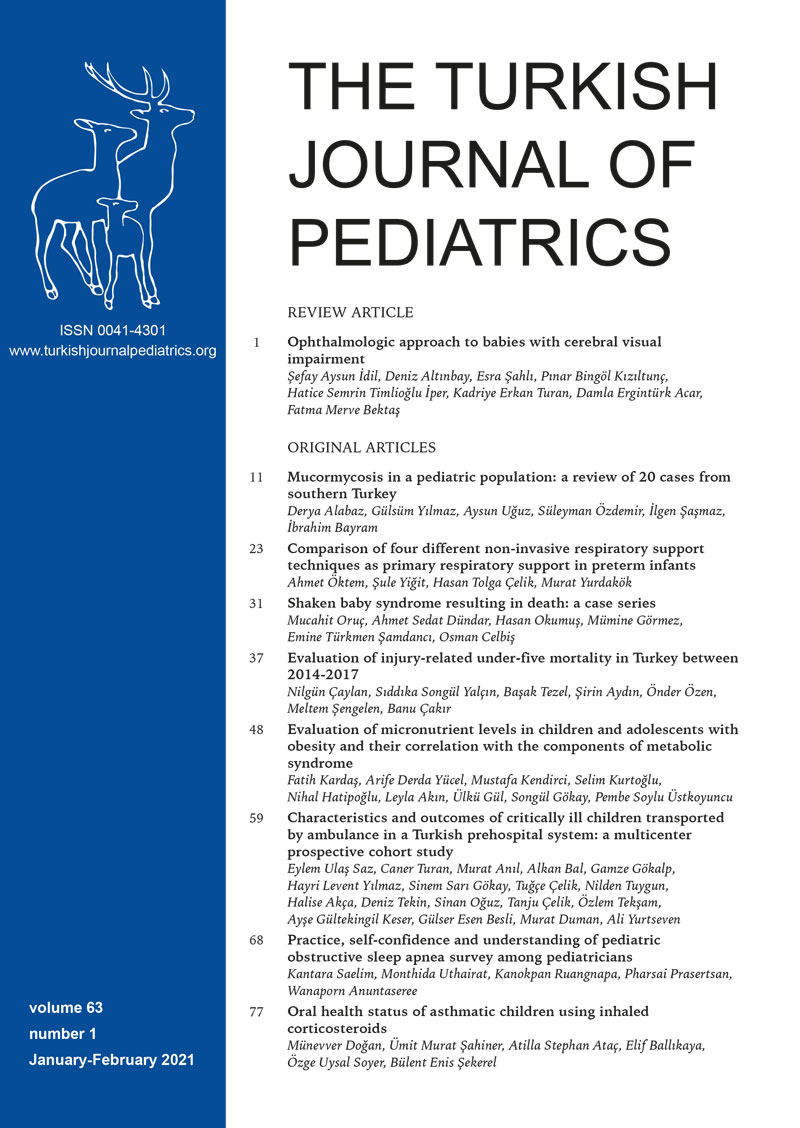Abstract
Background. 19p13.3 microduplication syndrome is a newly defined intrauterine onset growth retardation syndrome characterized by microcephaly, moderate intellectual disability, speech delay, and mild dysmorphic features. The PIAS4 gene located in this region plays a crucial role as a transcriptional co-regulator in various cellular pathways including STAT, p53/TP53 and growth hormone (GH) signaling and mutations in this gene are thought to be responsible for clinical features.
Case. We present a 10 year-old girl with intrauterine onset growth retardation, microcephaly, and mild facial dysmorphic features. Treatment with GH was started at 4 years and 9 months of age targeting the severe short stature (-3.65 standard deviation score, SDS) since she had significant IGF-1 response to exogenous GH. Microarray study demonstrated a 19p13.3 microduplication of 4.4 Mb. FISH analyses revealed mosaic extra signals (27.5% on blood lymphocytes, and 47% on buccal epithelium) of 19p13.3 region. At the age of 10, her height was at -2.37 SDS, and she had mild intellectual disability which has been described in 19p13.3 microduplication syndrome.
Conclusion. We present here a patient with typical findings of 19p13.3 microduplication syndrome and also with a prominent response to GH treatment, which has not been reported previously in this syndrome.
Keywords: 19p13.3 microduplication, PIAS4, growth hormone, intrauterine growth retardation, microcephaly
Copyright and license
Copyright © 2021 The Author(s). This is an open access article distributed under the Creative Commons Attribution License (CC BY), which permits unrestricted use, distribution, and reproduction in any medium or format, provided the original work is properly cited.














